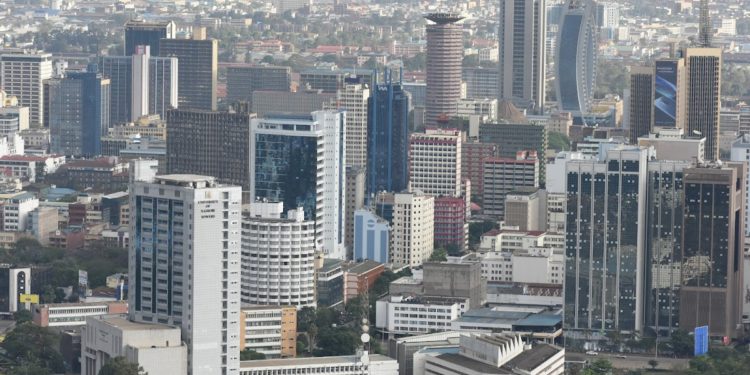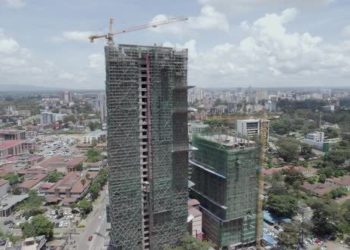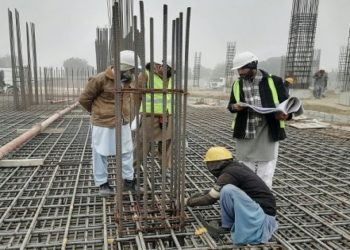Since its establishment as a colonial outpost in the late 19th century, Nairobi has undergone a tremendous amount of growth and development. This is perhaps most evident in the evolution of the Kenyan capital’s housing stock over the centuries.
In the early days, most of Nairobi’s residents lived in simple mud huts clustered together in small villages near water sources and other natural features. As the city began to expand, more sophisticated housing structures replaced these humble dwellings. Wooden and then brick houses became increasingly common.
During the colonial period in the 20th century, much of Nairobi’s housing was built by the British to accommodate the growing number of administrators and settlers. These were typically large, spacious homes located in the city’s affluent neighbourhoods.
After Kenya’s independence in 1963, the new government started building housing developments on the outskirts of the city. These consisted of modestly sized houses and apartment blocks to cater to the expanding urban population.
In more recent decades, Nairobi’s housing landscape has undergone dramatic changes. Population growth, economic development and an influx of residents from surrounding regions have led to a much more diverse range of accommodation.
One of the most noticeable shifts has been the rise of high-rise buildings. Whereas homes in Nairobi were once predominantly low-rise, the city now boasts many tall structures – a direct result of the need to house the burgeoning population in a limited space.


















